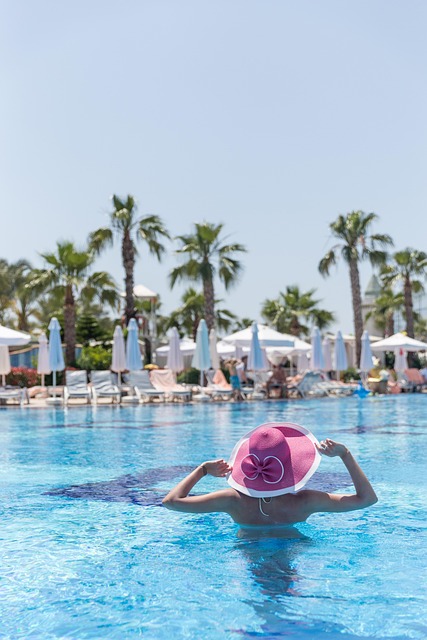
When it comes to crafting unforgettable travel experiences, few agencies can match the expertise and dedication of Fox Travel, located in The Woodlands, Texas. Since its establishment in 1984, Fox Travel has been a trusted name in the travel industry, delivering personalized service and tailored itineraries for every type of traveler. Whether you’re dreaming of a luxurious cruise, an adventurous getaway, or a family vacation packed with memories, Fox Travel has the resources and expertise to make it happen.
A Wide Array of Travel Services
Fox Travel offers a comprehensive range of travel services, designed to cater to diverse preferences and needs. Here’s an overview of what they specialize in:
1. Cruises
Fox Travel provides access to a world of cruise options, from family-friendly excursions to intimate, adult-only voyages. Their portfolio includes:
- Themed cruises like solar eclipse and Northern Lights adventures.
- Bucket-list destinations such as the Amazon, Caribbean, and Alaska (often paired with National Park tours).
Their cruise specialists are Master Cruise Counselors, ensuring a seamless booking experience and expert guidance.
2. Adult-Only Vacations
For couples or individuals seeking tranquility and romance, Fox Travel curates adult-only getaways to stunning adult resorts worldwide. Popular offerings include:
- Overwater bungalows.
- Gourmet all-inclusive resorts like Sandals and Secrets Resorts.
Whether it’s a honeymoon, anniversary, or simple escape, Fox Travel ensures every detail is perfect.
3. Family Vacations
Fox Travel understands the unique dynamics of traveling with children and creates family-friendly itineraries to suit all ages. Options include:
- Disney vacations filled with magic and wonder.
- Family-focused resorts with activities for kids and adults.
- Cruises that cater to multigenerational families.
4. Destination Weddings and Honeymoons
Planning a wedding or honeymoon abroad? Fox Travel specializes in organizing unforgettable destination weddings, honeymoons, vow renewals, and anniversary trips. Their experts handle the logistics, leaving couples free to enjoy their special moments.
5. Adventure Travel
For those seeking thrilling experiences, Fox Travel offers adventure vacations tailored to your interests. From safaris to luxury expeditions, you’ll find the perfect mix of excitement and comfort.
A Team of Experts at Your Service
At the heart of Fox Travel’s success is their team of highly experienced and passionate travel professionals. Led by founder Donna Daniels, the staff includes Certified Travel Counselors and Master Cruise Counselors. Their collective knowledge and firsthand travel experience allow them to provide valuable insights and personalized recommendations.
Free Travel Resources
Fox Travel goes above and beyond by offering complimentary travel eBooks packed with insights and tips. These guides cover various destinations and travel themes, helping clients make informed decisions when planning their next adventure.
Why Choose Fox Travel?
Fox Travel stands out in the travel industry for several reasons:
- Personalized Service: Every trip is tailored to the client’s preferences and needs.
- Experienced Professionals: Their team’s extensive knowledge ensures a seamless travel experience.
- Diverse Offerings: From luxury cruises to adventure travel, Fox Travel caters to all kinds of travelers.
- Long-Standing Reputation: With over 40 years in the industry, Fox Travel has a proven track record of excellence.
Plan Your Next Adventure
Whether you’re seeking a relaxing getaway, a romantic retreat, a sexy vacation, or a family adventure, Fox Travel is your trusted partner in creating memorable journeys.
Contact Fox Travel today to start planning your next adventure:
- Address: 25701 IH-45 North, Suite 3A, The Woodlands, TX 77380
- Phone: 281-363-0808 | 800-256-2128
- Email: info@foxtravel.net
- Website: www.foxtravel.net
With Fox Travel, the world is within reach—crafted just for you.
